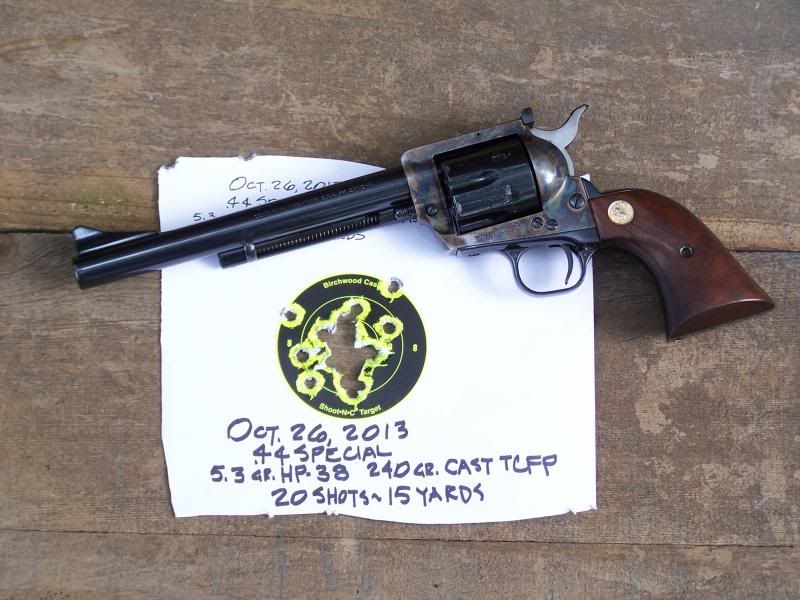I have read in a few places that subsonic ammo out of handguns (namely 45acp and 38 special) is preferred by shooters needing the most precise accuracy (like bullseye shooters) because it is more accurate. The explanation was that handgun ballistics are such that you are only slightly above or slightly below the sound barrier. (Sound barrier is ~1100 fps depending on elevation and hand gun ammo is generally between 800 fps and 1500 fps.) And that bumping around the sound barrier can destabilize the bullet and reduce accuracy. It was further stated that rifle ballistics are in a different class here because they are going so much faster than the sound barrier that it's a non-issue. Thus, it was explained, to have the most reliably accurate handgun ammo one should load some of the heavier calibers at subsonic speeds (i.e. >1000 fps).
I recognize that there are probably ten other factors that will matter more to accuracy than this issue, but when you are aiming for perfection, every factor matters.
This explanation makes sense to me but I wanted to check with the gurus at TFL to get your input. Thanks!
I recognize that there are probably ten other factors that will matter more to accuracy than this issue, but when you are aiming for perfection, every factor matters.
This explanation makes sense to me but I wanted to check with the gurus at TFL to get your input. Thanks!



